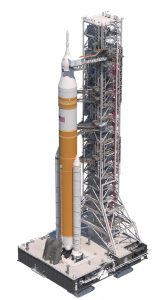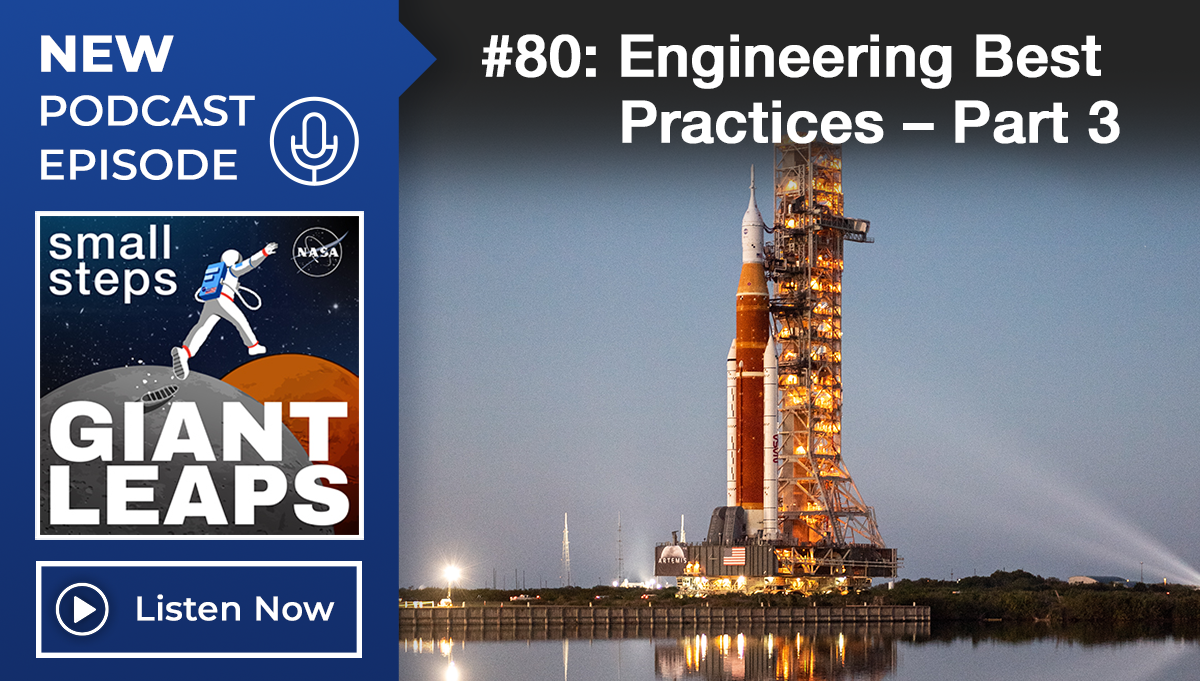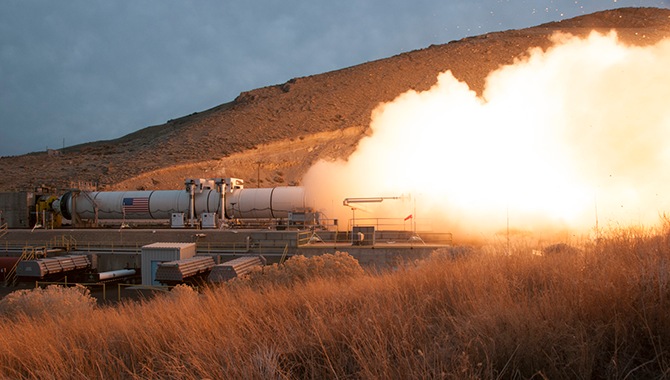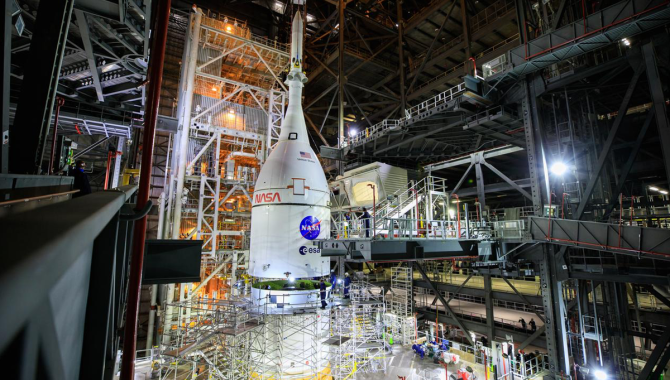
With the Orion spacecraft secured atop the powerful Space Launch System, NASA has finished stacking and integrating the components of the Artemis I mission inside the Vehicle Assembly Building at Kennedy Space Center.
Credit: NASA
Team preparing massive rocket for wet dress rehearsal.
NASA has finished months of meticulous work stacking and integrating the components of the Artemis I mission that will soon begin a bold, new era of space exploration. Through Artemis, NASA will establish a long-term human presence at the Moon and there develop the techniques and gain the experience for a human mission to Mars.
In Block 1 configuration, the Artemis I rocket stands 322 feet tall in High Bay 3 of the Vehicle Assembly Building (VAB) at Kennedy Space Center. That’s about 41 feet shorter than the Apollo 11 rocket that was stacked in the VAB. But Artemis I, with its Core Stage and Solid Rocket Boosters, will generate 8.8 million pounds of thrust at launch, compared to 7.6 million pounds for Apollo’s Saturn V. Later Block 1 B and Block 2 configurations will be even more powerful.
Even inside the VAB, the sixth largest building in the world ranked by interior volume, it’s difficult to get enough distance from the rocket to see it from top to bottom, and platforms obscure the full view, according to Michael Bolger, Exploration Ground Systems Program Manager at Kennedy Space Center, speaking at a NASA press conference. “I’m really, really looking forward to the first day when we roll out of the VAB to the launchpad and seeing it in all of its magnificence. Because it is a heck of a rocket, and Orion is a heck of a spacecraft,” said Bolger.
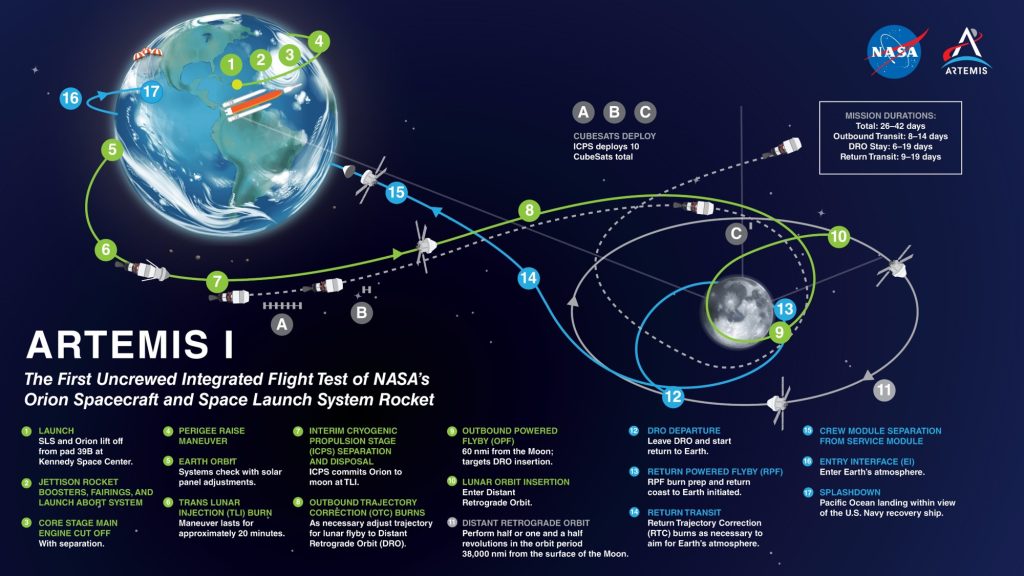
The first in a series of increasingly complex missions, Artemis I will be an uncrewed flight that will provide a foundation for human deep space exploration, and demonstrate NASA’s commitment and capability to extend human existence to the Moon and beyond.
Credit: NASA
Following the completion of stacking, the team began integrated verification testing to check that all the interfaces across the rocket are working properly, communicating with each other, and communicating with KSC’s Launch Control Center. This began by powering up and testing the Orion spacecraft and continues through November with powering up the Core Stage, the Second Stage, and then the entire integrated launch vehicle. In early December the team will verify that the communications systems are operating properly and perform a countdown sequence test.
When that work is complete, likely in late December, the most powerful rocket NASA has ever built will roll through one of the largest doors in the world—456-feet-high—and Artemis I, aboard a mobile launcher, will begin the 4.2-mile journey to Launch Pad 39B for what is known as a wet dress rehearsal.
“I can tell you overall, from an Agency perspective, we’re looking to get to the pad late this year. And then early next year we will do a wet dress rehearsal. After the wet dress rehearsal, we go back into the VAB, back to the High Bay 3, and we do some additional check outs, and then we’ll roll it out one more time and we’ll be prepared to launch the vehicle,” said Tom Whitmeyer, Deputy Associate Administrator for Exploration System Development, speaking at a NASA press conference.
The wet dress rehearsal includes a full cryogenic tanking of both the Core Stage and the Interim Cryogenic Propulsion Stage and then draining them. Ultimately the team will work through the launch processes as they count down to about T-10 seconds, where they will stop just before the engines would fire during an actual launch.
“It’s a good test, not only of the flight hardware, but also of all the ground systems,” Bolger said. “While we’ve tested the ground systems, we haven’t tested them in the interfaces with the flight hardware. So, it’s a good test of that. It does run through of all our integrated software together—the onboard software and the ground software. For us on the ground, it’s a great chance to get the team … wrung out and ready for launch.”
Based on this schedule, potential launch windows have been identified in early 2022, but NASA won’t set a launch date until reviewing the results of the wet dress rehearsal, according to Whitmeyer. The earliest launch window NASA is considering opens February 12 and lasts about two weeks. Another window opens March 12, and another opens on April 8.
“This is the first flight of this vehicle and so we are dedicated as an Agency to taking this a step at a time,” Whitmeyer said. “Artemis I is a test flight. It is not crewed. It’s our opportunity to bring SLS and Orion up into deep space, take it to the Moon.”
The mission will be a stress test for the Space Launch System and the Orion spacecraft, according to Mike Serafin, Artemis Mission Manager, NASA headquarters. Primary mission objectives include demonstrating Orion’s ability to return from the Moon under lunar reentry conditions, to operate the flight systems in the flight environment, and to successfully retrieve the spacecraft to examine the heatshield and analyze flight data from the peak heating period of reentry that coincides with a communications blackout.






